TIG-CM410B-100μg / 询价
TIG-CM410B-500μg / 询价
TIG-CM410B-500μgx2 / 询价
Biotinylated Cynomolgus TIGIT Protein
Recombinant Biotinylated Cynomolgus TIGIT Protein is expressed from HEK293 with His tag and Avi tag at the C-Terminus. It contains Met89-Ile208.[Accession | XP_015300911.1 ]
The protein has a predicted MW of 16.2 kDa. Due to glycosylation, the protein migrates to 20-28 kDa based on Tris-Bis PAGE result.
Less than 1EU per μg by the LAL method.
> 95% as determined by Tris-Bis PAGE
Lyophilized from 0.22μm filtered solution in PBS (pH 7.4). Normally 8% trehalose is added as protectant before lyophilization.
Centrifuge the tube before opening. Reconstituting to a concentration more than 100 μg/ml is recommended. Dissolve the lyophilized protein in distilled water.
-20 to -80°C for 12 months as supplied from date of receipt.
-80°C for 3-6 months after reconstitution.
2-8°C for 2-7 days after reconstitution.
Recommend to aliquot the protein into smaller quantities for optimal storage. Please minimize freeze-thaw cycles.
TIGIT, also called Vstm3, Vsig9, and WUCAM, is a transmembrane protein in the CD28 family of the Ig superfamily proteins.IGIT is expressed at low levels on peripheral memory and regulatory CD4 T-cells and NK cells and is up-regulated following activation of these cells.
TIGIT; VSIG9; VSTM3; WUCAM
(1)Yu X , Harden K , C Gonzalez L , et al. The surface protein TIGIT suppresses T cell activation by promoting the generation of mature immunoregulatory dendritic cells[J]. NATURE IMMUNOLOGY, 2008, 10(1):48-57.





